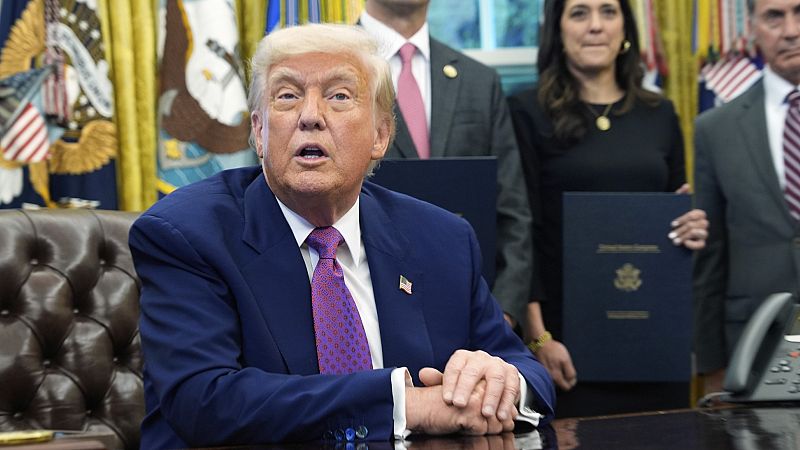
The announcement of the US and China planning to reduce tariffs for a period of 90 days boosted European markets when they opened on Monday.
At approximately 9:45 CEST, France’s CAC 40 index climbed about 1.3%, whereas Germany’s DAX gained roughly 1.5% during intraday trade. Additionally, the Euro Stoxx 50 advanced by 1.9%, with the UK’s FTSE 100 seeing a comparatively smaller increase of 0.1%.
The United States plans to decrease tariffs on Chinese products to 30% from 145%, whereas China will cut charges to 10% from 125%.
Earlier in the day, the optimistic mood persisted across global markets during Monday’s trading session in Asia. Representatives from the United States and China reported significant headway after two days of trade discussions in Switzerland over the weekend; however, an agreement to temporarily halt escalations hadn’t been declared yet.
China’s Vice Premier, He Lifeng, characterized the discussion as "a significant initial move" toward addressing their disagreements, noting that both parties concurred on setting up a framework for continued talks. Nonetheless, they did not disclose particular elements of consensus or schedule future sessions. The U.S. Treasury Secretary, Scott Bessent, indicated that additional updates would follow on Monday and mentioned that a combined communiqué was forthcoming.
Risk-on prevailed
Hope for a possible easing of trade strains between the US and China boosted risk appetite, causing stock markets to surge and safe-haven assets to fall.
By 5:30 am CEST, US stock futures were on the rise, showing gains of 1.12% for the Dow, 1.46% for the S&P 500, and 1.93% for the Nasdaq Composite.
Asian stock markets saw increases as well. The Hang Seng Index in Hong Kong climbed by 0.9%, the Nikkei 225 in Japan increased by 0.1%, the ASX 200 went up by 0.28%, and the Kospi in South Korea surged by 0.7%.
Conversely, gold prices declined sharply as demand for safe-haven assets eased. Spot gold fell 1.4% to $3,279 per ounce, marking its lowest level since 5 May.
Meanwhile, haven currencies, including the euro, the Japanese yen, and the Swiss franc, weakened further against the US dollar, falling to their lowest levels since 10 April.
Markets awaited details of trade talks
Investors closely monitored the results of the trade talks held over the weekend.
"More transparency on these issues is required to solidly support the seemingly more accommodating tone from both parties. This would help boost market confidence that the height of trade uncertainties and reciprocal tariff increases has truly been left behind. Additionally, this could pave the way for a stronger and more enduring improvement in risk sentiment," noted Michael Brown, who serves as a senior research analyst at Pepperstone Group based in London.
"For now, considering the ongoing uncertainty, I lean towards not following this current strength in the dollar and stocks — at least for the near future," he noted.
The S&P 500 has surged almost 10% since US President Donald Trump suggested a significant reduction in tariffs on China towards the end of April. Despite this recovery, the main indicator is still showing a decline for the year, with losses amounting to 3.8%. Additionally, the US Dollar Index (DXY) has fallen over 7% so far this year, even though there has been some recent improvement.
